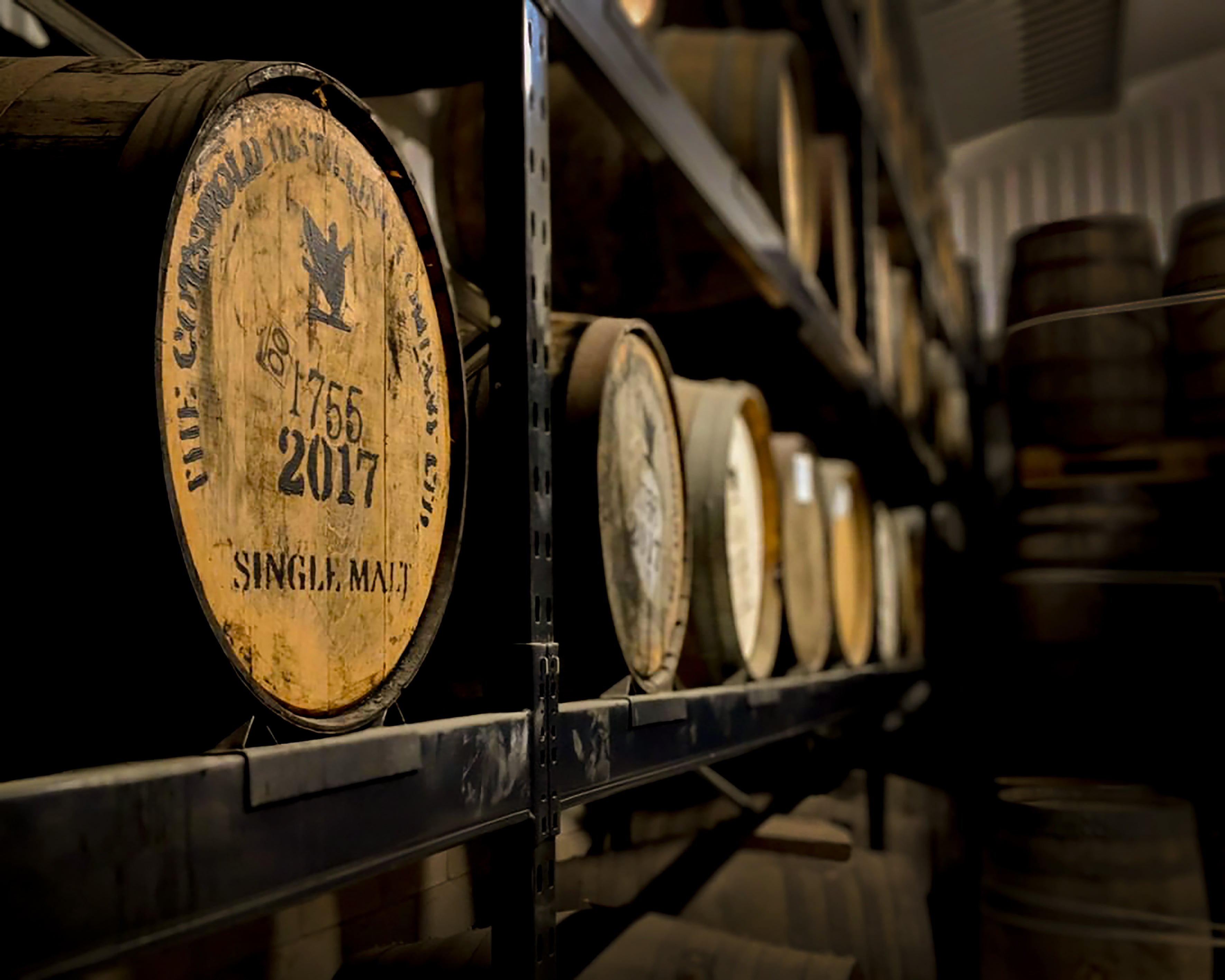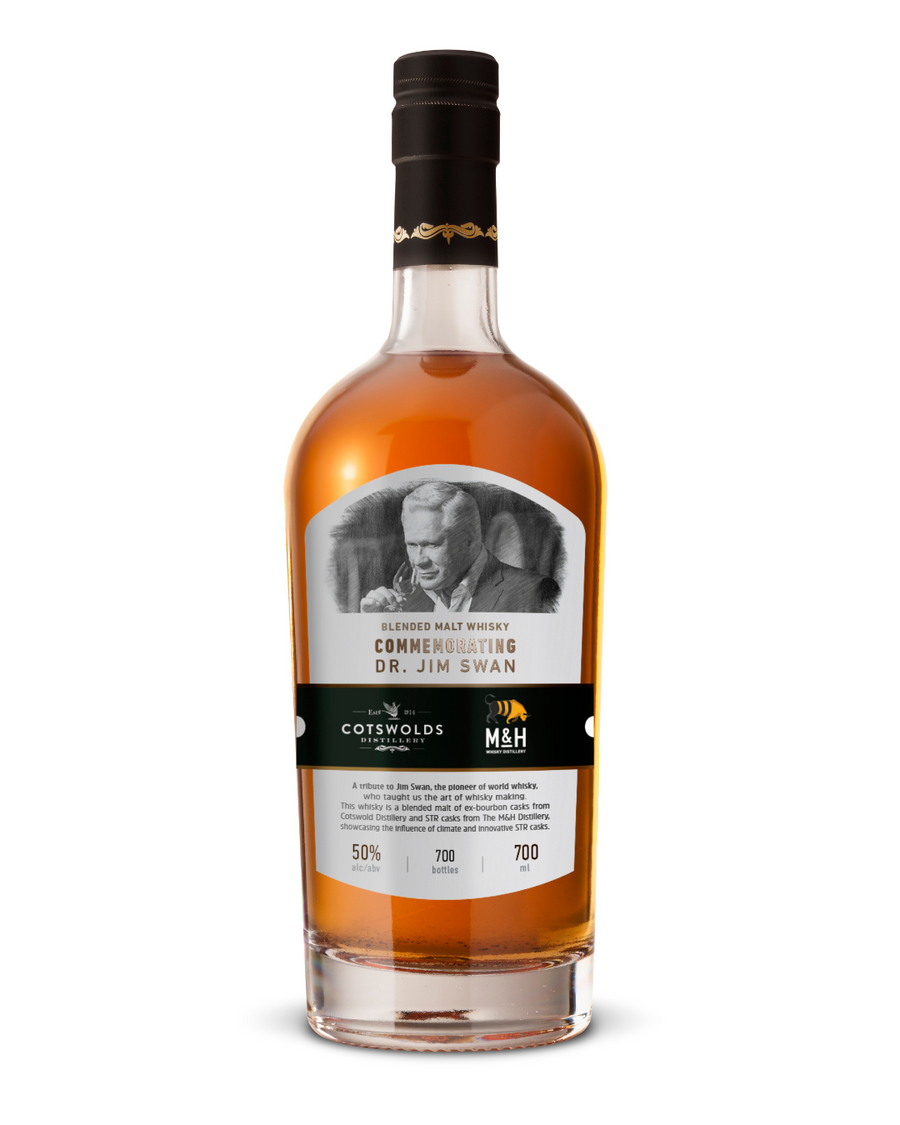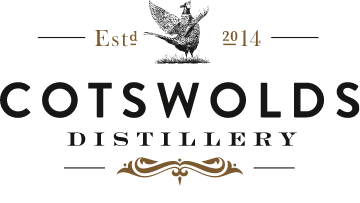Understanding Whisky Cask Types, Sizes and Treatments
There are infinite variables that go into crafting each bottle of whisky, from grain selection to distillation, cask choice and maturation decisions. However, it’s in the barrels where most of the flavour experimentation can happen. Distilleries can take the same spirit and age it in various barrels and achieve a completely unique outcome.
This article explores the most common cask types of the whisky world, specific sizes and treatments to help you understand the nuanced craftmanship of single malt whisky production.
Overview of Bourbon, Sherry, Port, and wine casks, their characteristics and flavour impact.
Smaller casks mature whisky faster; larger ones suit longer ageing – explore the types.
Toasting, charring, and shaving shape flavour and extend cask life.
Get answers on cask types, first-fill use, Bourbon barrels, and oak varieties.
Exploring the Common Types of Casks used to Maturing Spirit
This section explains the characteristics of the four main options – Bourbon casks, Sherry, Port and red wine barriques. We also explore some alternative cask types.
Bourbon
Recycled from Bourbon production in the United States, these barrels are purely made from 100% American white oak (Quercus alba). By law, Bourbon must age in virgin, charred American oak barrels for at least two years and they can be used only once. Bourbon whiskey must also be made using at least 51% maize – the result is a smooth, bright spirit with very accessible flavour.
Recycled from Bourbon production in the United States, these barrels are purely made from 100% American white oak (Quercus alba). By law, Bourbon must age in virgin, charred American oak barrels for at least two years and they can be used only once. Bourbon whiskey must also be made using at least 51% maize – the result is a smooth, bright spirit with very accessible flavour.
Flavours: Vanilla, coconut, caramel and cinnamon from the oak, honey, apples, pears, floral accents and citrus from the spirit
Colour: The charring on the barrels imparts a subtle amber hue on subsequent barrel contents – you can expect a straw-like colour from Bourbon cask single malt.
Because the barrels are used only once, there is still lots of flavour remaining in the wood and they are easier to get hold of for repurposing. They’re one of the most common barrel types because of their accessibility.

Try the Bourbon Cask Single Malt
Sherry
Typically, this type of cask is made from European oak (Quercus sessiliflora is the most widely used species) but American oak is permitted. The different types of Sherry include Oloroso, Pedro Ximeñez, Fino, Manzanilla or Amontillado – each offering its own signature character. Sherry casks can be used more than once, so each time they’re refilled, the influence from the wood diminishes.
Flavours: Dried fruits (raisings, figs, apricots), nuts, spices (cloves, nutmeg, cinnamon) and chocolate.
Colour: Rich colour with red undertones

Try the Sherry Cask Single Malt
Red Wine /STR
The main oak type depends on where the red wine casks are recycled from: they’re usually European, French or American oak. These wooden casks are often refilled many times, diminishing the wood’s influence over time. In order to rejuvenate old wine casks, they can be shaved toasted and recharred (STR). This technique exposes fresh wood, imbibed with rich red wine for more full-bodied flavour. Try the Founder’s Choice Single Malt using premium STR casks.

Flavours: Dark fruits (blackcurrant & cherry), red berries and chocolate. European oak adds herbaceous notes, spice and higher levels of tannin. Meanwhile, American oak adds sweet vanilla and a sweeter, more pronounced spiciness.
Colour: dark amber hue with a rich red tint
Port
Port made in the Douro region of Portugal uses European oak barrels. The barrels used for whisky maturation are typically Tawny Port or Ruby Port but there are several other styles.
Flavours: Red fruits (strawberry, cherry), jam, plum, figs and prunes with a spicy richness
Colour: Rich red tones or deep brown colour from oxidised Port
Other Seasonings
Some other common seasonings include rum, cognac brandy or even aged agave spirits such as tequila or mezcal.
| Seasoning | Typical Wood | Flavour Notes |
| Rum | American/European oak | Molasses, banana, brown sugar, tropical fruit, toffee, spice, funky |
| Cognac | French oak | Grape, almond, floral, sultana, oak, honey, plum. |
| Tequila/mezcal | American oak | Herbal, citrus, mineral, pepper, funky, smoke (mezcal), |
The Size of the Cask Matters - The Influence of Barrel Capacity
Simple physics teaches us that smaller casks have relatively greater surface area and contact with the spirit inside – speeding up flavour exchange. While this may seem advantageous, the whisky can also evaporate and oxidise much quicker due to greater open air exposure. Using a smaller barrel can be particularly helpful for cask finishing where the whisky spends a shorter length of time in the barrel. Larger barrels are usually preferable for primary maturation when the new spirit ages for longer periods. Explore the most common barrels below:

| Cask Type | Capacity (L) | Influence |
| Quarter Cask | 45-50 | Faster maturation, used for finishing, these smaller casks are also convenient for transporting long distances |
| American Standard Barrel | 190-200 | Usually recycled from Bourbon production, suitable for shorter to moderate maturation periods |
| Hogshead | 225-250 | Usually recycled from Bourbon production but are larger than the ASB so suit longer maturation periods |
| Butt | 475-500 | Usually recycled from the Sherry industry, they lend themselves to slower and longer maturation periods |
| Puncheon | 450-500 | One of the largest cask types is typically rescued from rum production. They’re usually made from American white oak, it offers a distinct taste but less wood contact due to their size. |
Understanding Cask Treatments and Age Considerations
There are many techniques for treating, preserving and rejuvenating oak barrels for maturation but the key methods to be aware of are toasting, charring and shaving.
- Toasting: this method of gently roasting the wood caramelises the residual sugars and releases flavours trapped in the woody structures. Toasting the barrels enhances caramel, vanilla, coconut and creamy notes for a more indulgent finish; it also reduces some of the wood’s aggressive elements and astringent compounds, enhances complexity and allows the spirit to penetrate deeper into the oak.
- Charring: the barrels are exposed to a high heat to burn the wood’s surface. The cracks in the charcoal layer allow wood structures rapidly exchange flavour. The process also caramelises sugars and adds a deep colour.
- Shaving: usually helpful for rejuvenating older casks, the process of shaving off a layer of wood, reveals fresher wood underneath. Casks can be used for much longer and can be recycled from the wine industry, where it’s standard practice to refill casks many times.
Dr Jim Swan pioneered the STR technique to recycle ex red wine barrels and leverage their rich, complex characteristics. The technique combines all three of the above methods to breathe new life into old casks.

Shop the Double Malt Whisky
Are First-Fill Barrels Better than Refill Casks?
First-fill casks are ones that have been used for the first time to age whisky; meaning the previous contents was something else (typically Bourbon, or Sherry). They are often perceived as better than refill casks because they can impart more flavour, but this is not always helpful, especially for longer maturation periods.
When distilleries age whisky for a long time, they will typically use older barrels which have lost their potency; otherwise, they risk over-oaking the spirit. To enhance the whisky’s final complexity, finishing is often practiced.
Frequently Asked Questions
What is the best cask for whisky?
There is no ‘best cask’ for ageing whisky, but the most common seasoning is Bourbon – it offers accessible flavours with broad appeal. Sherry barrels are also great for adding a touch of fruit. However, our Founder’s favourite is the STR cask, which offers a deep richness than Bourbon and Sherry can’t easily replicate.
What is a first fill cask?
A first-fill is a cask that has not been previously used to age whisky. However, it’s standard practice that first-fill whisky casks are seasoned with something else, such as Sherry, Port or Bourbon. The Scotch Whisky Association rules that barrels must be seasoned with traditionally aged alcoholic beverages.
Why are whisky barrels only used once?
Most whisky styles use barrels only once. However, many distilleries source older barrels, used more than once, to avoid over-oaking their spirit.
What's special about bourbon barrels?
Bourbon is uniquely aged in virgin (never previously used to age anything), American white oak casks. These are toasted and charred to enhance flavour and colour. The result is a strong wood influence and dessert-like flavours. The casks can’t be reused for subsequent Bourbon production, but they still have a lot of flavour, so, they’re ideally suited to ageing other styles of whisky – commonly single malt Scotch.
What are the different types of oak wood?
The beverage industry uses many different species of oak for barrel maturation. The most common are American oak (Quercus alba) and European oak (usually Quercus sissiliflora). However, there is a third species (English oak – Quercus robur) which is also occasionally used.

